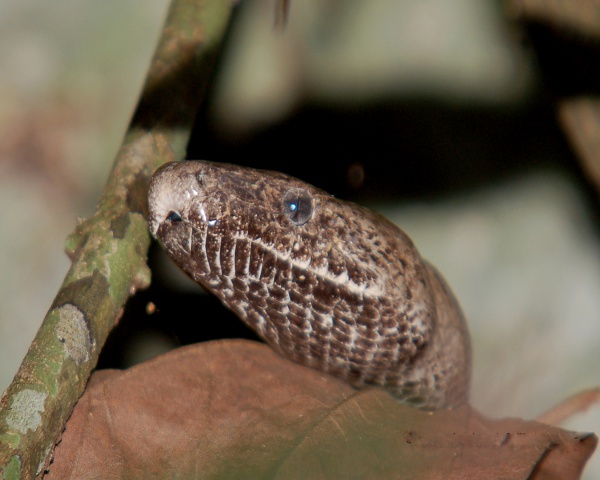Facts About Puerto Rican boa
The Puerto Rican Boa, scientifically known as Chilabothrus inornatus (formerly Epicrates inornatus), is a large snake native to Puerto Rico. Locally, it is often called "culebrón" or "boa puertorriqueña." This terrestrial boa exhibits a dark brown coloration and can grow up to 1.9 meters in length. It primarily preys on small mammals, birds, and anole lizards, utilizing constriction to subdue and kill its prey.
Over the years, the Puerto Rican Boa has undergone several changes in its scientific classification. Initially placed in the genus Boa, it was reclassified as Chilabothrus inornatus in 1844. The name "inornatus" translates to 'unadorned' in Latin, reflecting its relatively plain appearance.
In terms of physical characteristics, this snake possesses irregular parietal scales and can reach lengths of up to 1.9 meters. Its considerable size and specific habitat preferences make it easy to distinguish from other snakes found on the island. Ecologically, the Puerto Rican Boa is known as a sit-and-wait predator, meaning it remains stationary and waits for its prey to come within striking distance. Its diet mainly consists of mammals, birds, and bats. When it comes to reproduction, the boa gives birth to live young, rather than laying eggs.
Historically, the Puerto Rican Boa was abundant across the island. However, habitat destruction from deforestation and the introduction of predators such as the mongoose have significantly reduced its population. In response, various conservation efforts have been initiated, including the establishment of protected areas to safeguard its habitat. While there are some positive signs of recovery, ongoing conservation efforts are essential to ensure the species' survival and prevent it from becoming extinct.
